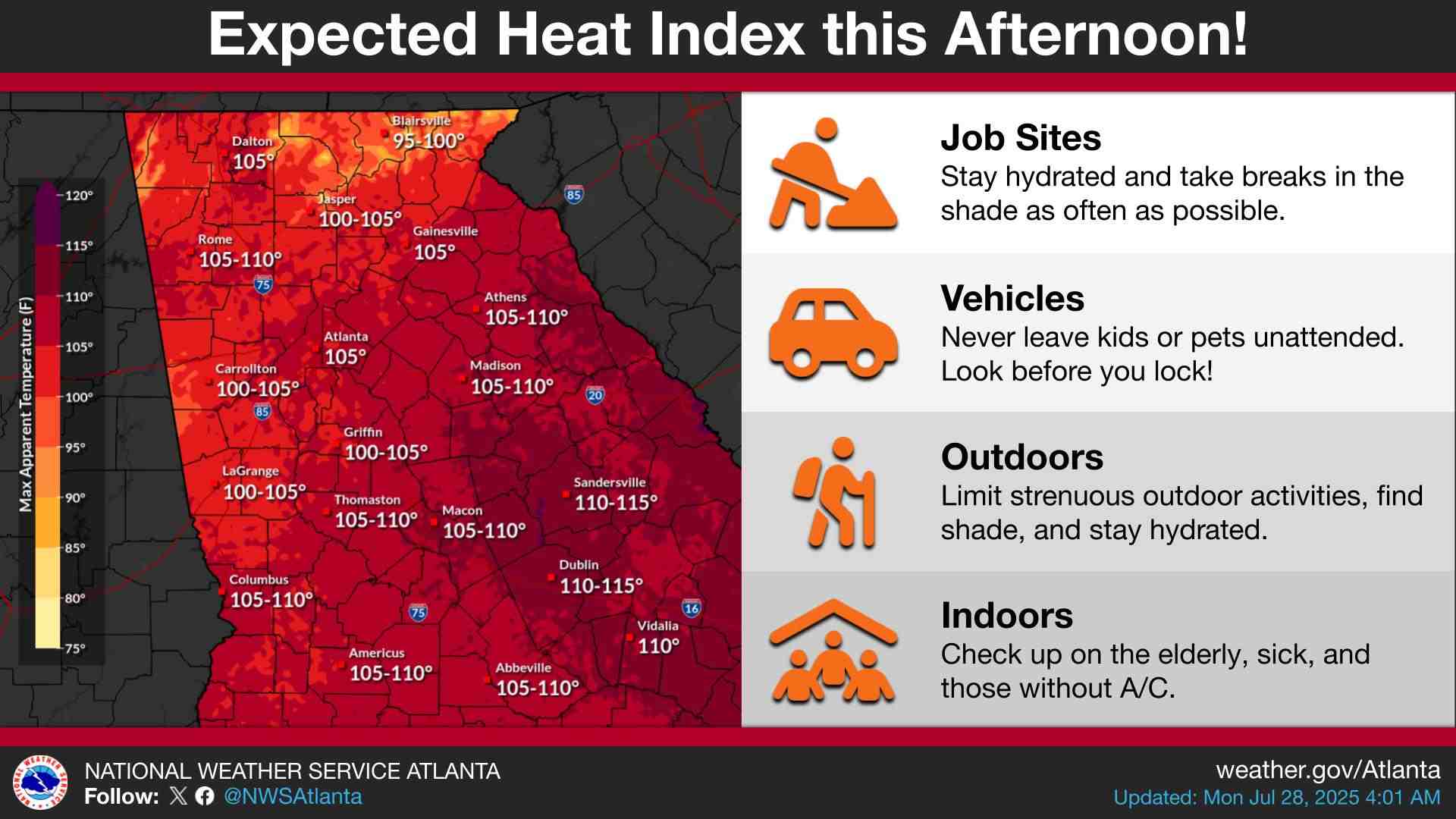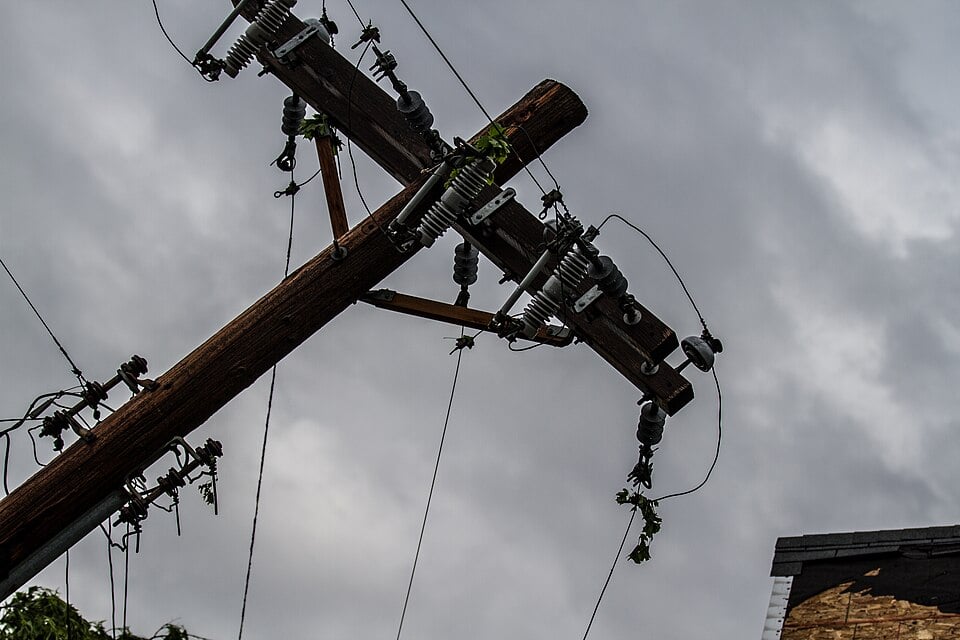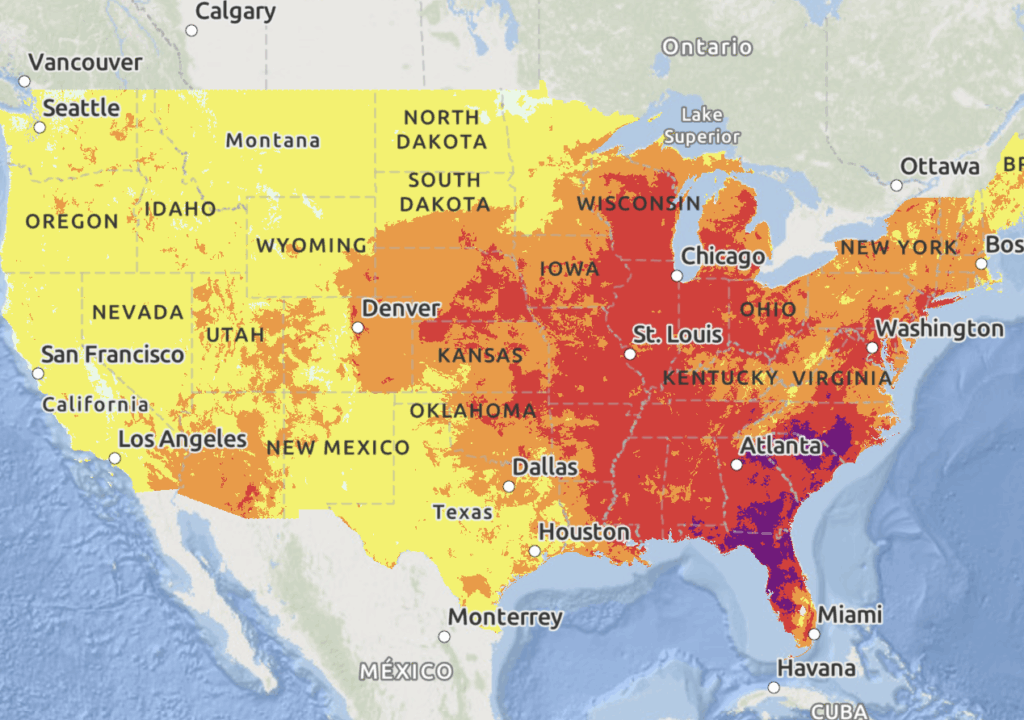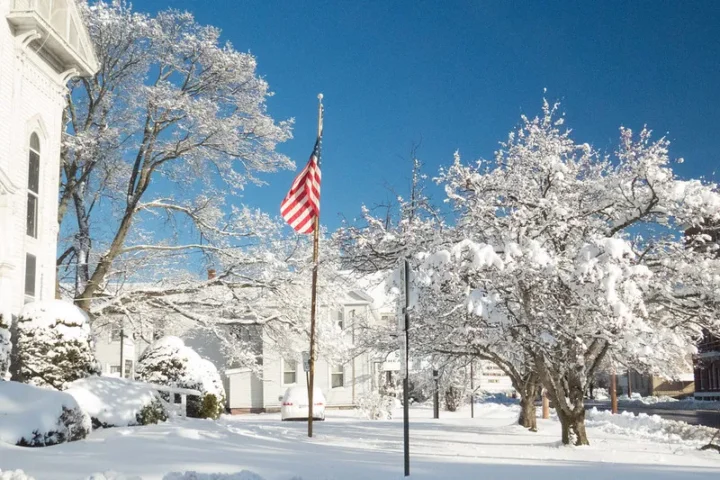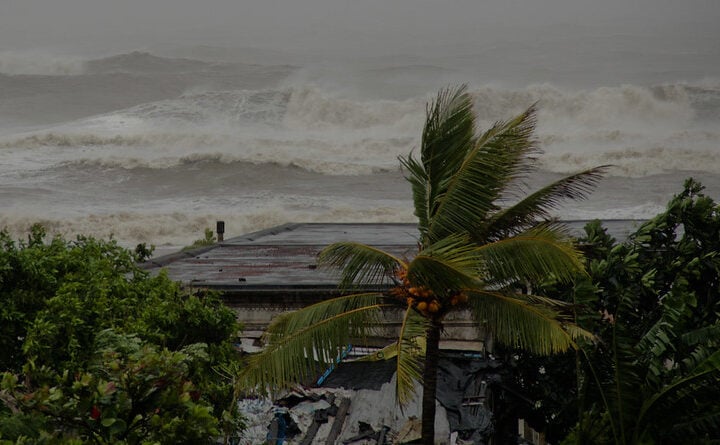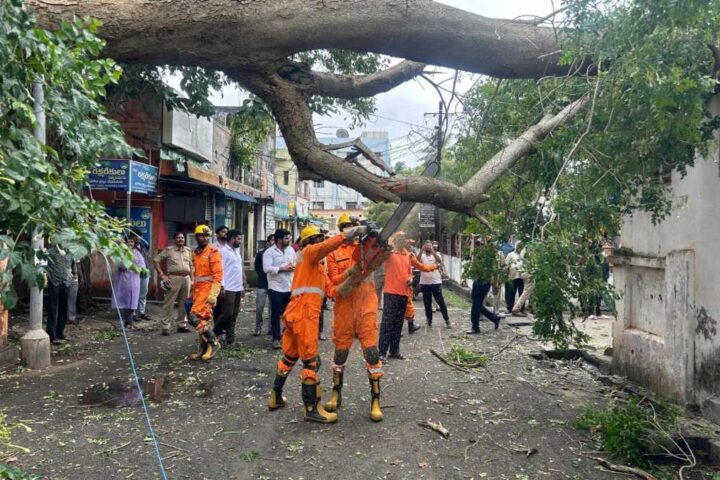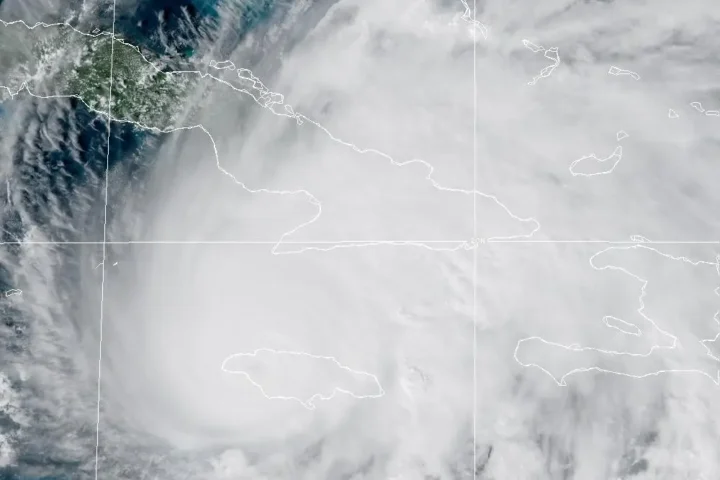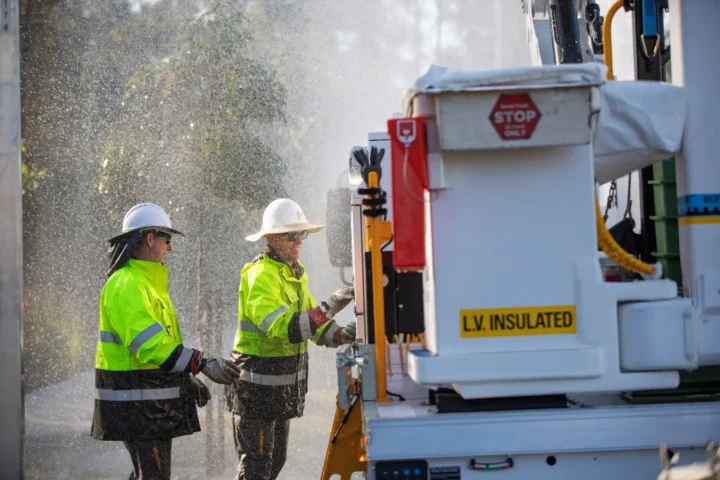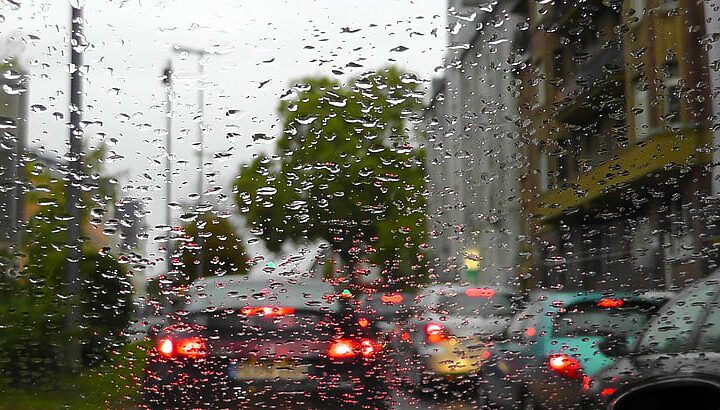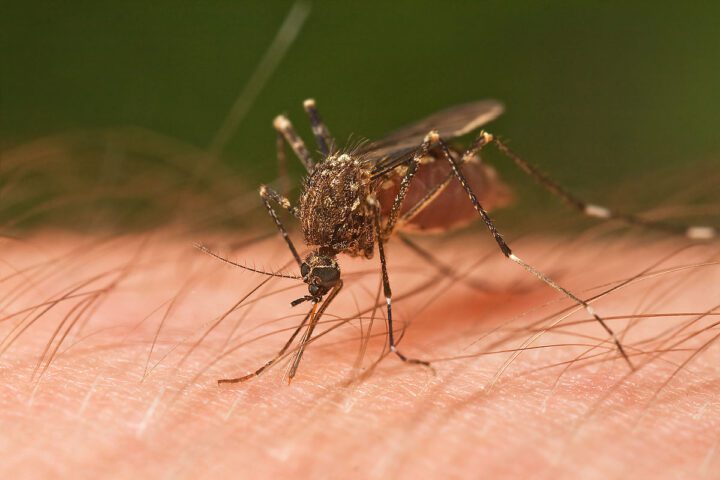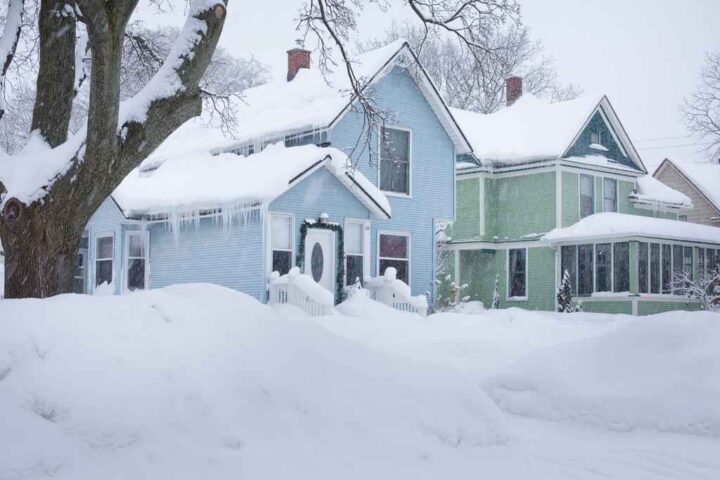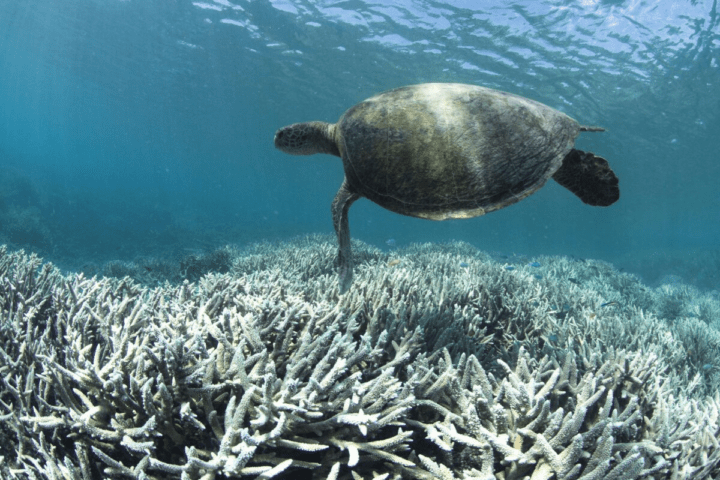The National Weather Service has issued an Extreme Heat Warning for parts of North Georgia, with dangerous temperatures set to peak Monday and Tuesday. Highs will reach nearly 100°F across metro Atlanta, while heat index values could soar to a scorching 105-111°F in some areas.
According to the National Weather Service, an Extreme Heat Warning indicates conditions where heat-related illness is likely for many people without adequate cooling and hydration. The warning currently covers Putnam County and extends toward Milledgeville and Dublin, but uncomfortable conditions will spread throughout North Georgia. Atlanta, Athens, Rome, Gainesville, and Blairsville will all face intense heat, with only minimal chances for cooling thunderstorms.
Overnight temperatures will offer little respite, with lows stubbornly remaining in the mid-70s through midweek. This lack of nighttime cooling compounds the danger, as bodies have no chance to recover from daytime heat stress.
Heat-related hospital visits nationwide typically spike during July and August, with rates three times higher than spring months, according to CDC tracking data. Last year alone, the U.S. saw 119,605 emergency department visits for heat-related illness, with adults 18-64 facing the highest risk.
The Georgia Emergency Management Agency recommends staying hydrated, limiting outdoor activity during the hottest hours (10 a.m. to 4 p.m.), and checking on elderly neighbors and those without air conditioning.
Health officials advise that people with certain medical conditions should consult their physicians before increasing fluid intake. Safety experts also warn never to leave children, elderly individuals, or pets unattended in hot vehicles, even for a few minutes.
During extreme heat events, energy demand increases as air conditioners run constantly. Georgia Power encourages customers to conserve energy during peak afternoon hours (2-7 p.m.) to help manage the increased load on the electrical system.
Energy officials note that high temperatures can strain power distribution systems during periods of peak demand.
DeKalb County has opened several cooling centers offering free, air-conditioned spaces during the heat advisory. These facilities provide water and a safe environment for those without reliable cooling at home.
Local libraries, shopping malls, and community centers also serve as unofficial cooling spaces during business hours.
The Southeast has experienced an increase in extreme heat events in recent years. According to NOAA analysis, heat waves have increased in frequency across the United States over the past 30 years.Current forecasts indicate this heat dome will persist through Thursday before a slight cooldown arrives. Until then, residents should take all necessary precautions to stay safe in the dangerous triple-digit heat.
FAQ
What’s an Extreme Heat Warning and why is it serious?
An Extreme Heat Warning is issued when conditions become dangerous enough to cause heat-related illness for many people. It’s more serious than a heat advisory. When heat index values exceed 105°F, your body struggles to cool itself through sweating, which can lead to heat exhaustion or heat stroke if you don’t take precautions.
Where can I go to cool down if I don’t have air conditioning?
DeKalb County has opened several cooling centers during the heat advisory. These offer free air-conditioned spaces, water, and a safe environment. Local libraries, shopping malls, and community centers also serve as unofficial cooling spaces during their business hours. Call your local county government to find the nearest cooling center.
How can I stay safe during this heat wave?
Stay hydrated by drinking water before you feel thirsty. Limit outdoor activity during the hottest hours (10 a.m. to 4 p.m.). Wear lightweight, light-colored clothing. Check on elderly neighbors and those without air conditioning. Never leave children, elderly individuals, or pets in vehicles, even for a few minutes. Take cool showers if you start feeling overheated.
Will this heat wave affect my power bill?
Yes, your power bill will likely increase as air conditioners run constantly. To help manage costs and prevent potential outages, try to conserve energy during peak hours (2-7 p.m.). Set your thermostat a few degrees higher when you’re not home, close blinds to block heat, and avoid using major appliances during the hottest part of the day.
What are the warning signs of heat-related illness?
Watch for heavy sweating, cold/clammy skin, nausea, muscle cramps, dizziness, headache, and weakness – these are signs of heat exhaustion. More serious heat stroke symptoms include high body temperature (103°F+), hot/red skin, fast pulse, confusion, or loss of consciousness. Heat stroke is a medical emergency – call 911 immediately.
How long will this heat wave last?
Current forecasts indicate the heat dome will persist through Thursday before a slight cooldown arrives. The most dangerous heat will be Monday and Tuesday with only minimal chances for cooling thunderstorms. Overnight lows will remain in the mid-70s, offering little relief.
Are heat waves becoming more common in Georgia?
Yes, according to NOAA analysis, heat waves have increased in frequency across the Southeast over the past 30 years. Climate data shows these extreme heat events are becoming more common, more intense, and lasting longer than they did historically.
